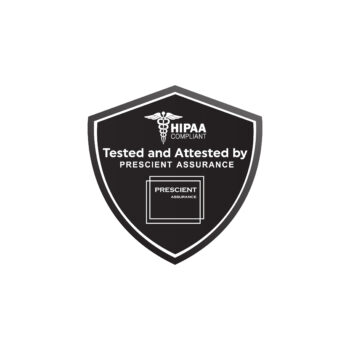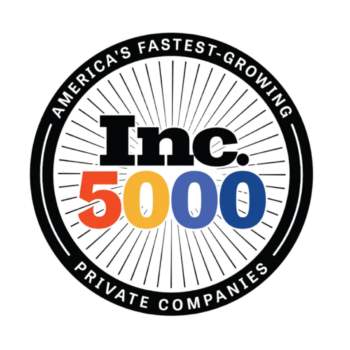These are 3 Killer RPA Use Cases for Back-Office we at CampTek Software encountered and are ready to implement for businesses on their RPA journey.
Employee Hiring and On-boarding
Regardless of the size of a company, the process of hiring an employee and bringing them on board is time-consuming. In 2018 it is not uncommon for them to be entered into 15+ systems (i.e. life & health insurance, payroll, tax information, long term disability insurance, unemployment insurance etc.), in some cases it could be even more. If you add the various functions, they may need access to (i.e. Salesforce, Asana, Zen Desk, Zoom, email etc.) the task can be downright arduous and prone to many errors. As noted in this UiPath article, RPA can achieve great results and 100% accuracy. It’s worth noting that UiPath found the following statistics for employee on-boarding:
100% automation
10 X faster processing
100% accuracy
100% scalable
Invoices and Billing
For many companies this is the bread and butter of their operation and can be a nightmare to get this data captured accurately and efficiently. I recently worked with a client that processes over 30K invoices over a 3-month period. Due to a lack of integration between the system that produces the invoice and the one where it will ultimately is stored, frequently invoices are not processed correctly. This can lead to the company not getting paid on time or at all because of the hole in the system. To manually rectify this problem, it is a time consuming and error prone matching process. Using RPA and some business logic for their data, they are now able to automate the process and save a human an average of 13 hours a week of work. This has sped up their process to send out bills and pay the appropriate vendors in a timely and accurate manner.
Data Migrations
This is probably one of my favorite use cases due to my extensive history working with medical software systems (i.e. Epic, MEDITECH, GE among others). In Healthcare, organizations are continuously migrating from an old system to a new one. In this process they simply are taking the data from a legacy system and inputting it into the new system. Because of the nature of these systems the database is often proprietary and/or the vendor charges quite a bit of money to move the data from one to another. The only choice often times is RPA. Using “Computer Vision”, the Robot can extract the data from the front end of the legacy system. I can then input it into the new system. As I talked about in a previous post, the scalability of today’s tools make this a far easier exercise than in the past to move massive amounts of data.
Peter S Camp is the CTO and Founder of CampTek Software. He has been developing RPA Applications for over 15 years. For further questions, discussion or inquiry about CampTek Software Services, contact info@campteksoftware.com



